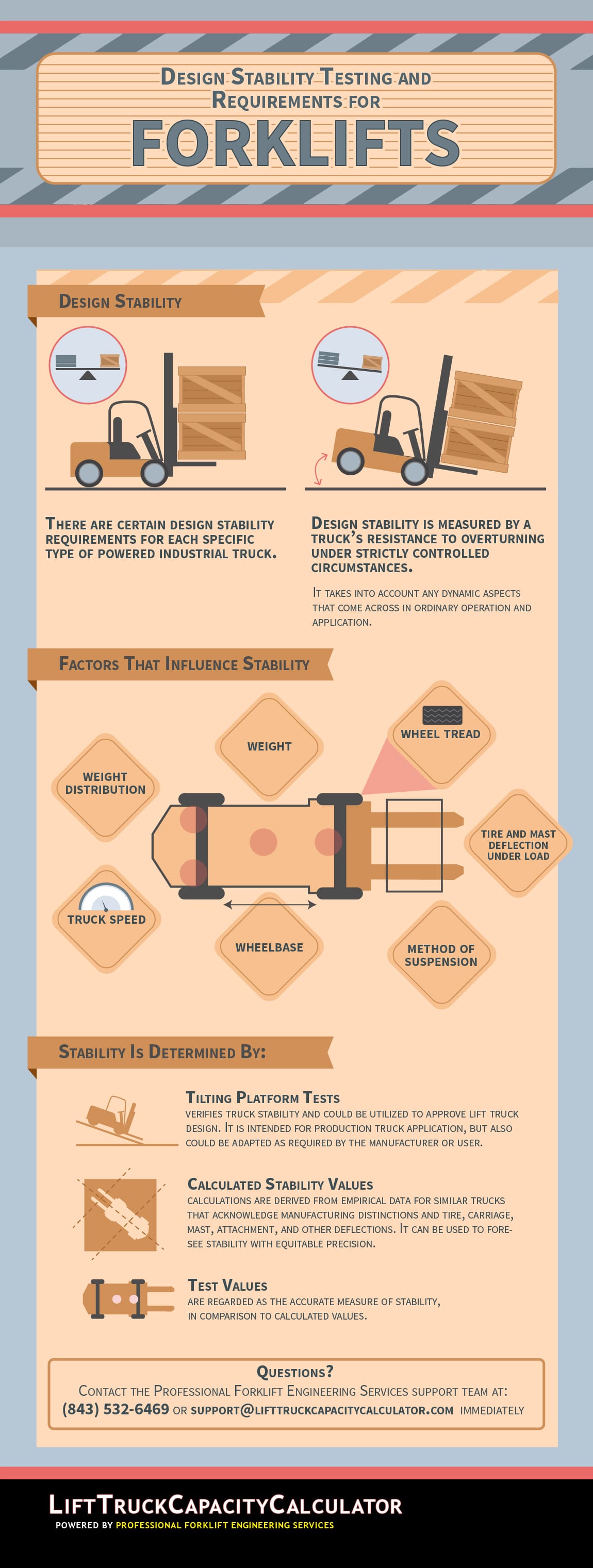Monthly Archives: May 2025
Driving a forklift or similar heavy lifting equipment is a responsibility not to be taken lightly—if handled improperly, these heavy mobile vehicles can cause serious damage both to the immediate environment and to human beings in their path.
To a large extent, safe operating procedures are a matter of simple common sense, but sometimes accidents happen even to experienced, mindful drivers. In a significant number of these incidents, the problem can be traced to a very simple cause: inaccurate capacity data labels.
Data labels are easy enough to ignore. Some forklift drivers rarely, if ever, glance at them, preferring instead to trust gut feelings developed through long experience. This is a mistake, however. It’s important to refer to these labels to ensure the maximal operating safety of lifting equipment—but this information is useless if it is out of date or just plain wrong.
Inaccurate data labels can cause multiple problems for you; let’s explore the issue further in the infographic posted below.

If your company uses a forklift, you know how important this piece of equipment is to your business and how versatile it can be with the use of special forklift attachments. These special attachments are used to transform from simple lifting forks, into a multi-purpose machine designated for a very particular task.
The different types of special forklift attachments are virtually unlimited but typical attachments include side shifters, fork positioners, rotators, paper roll clamps, box clamps, bale clamps, appliance clamps, concrete block clamps, push-pulls (also called slip-sheet attachments), load extenders and stabilizers, hay clamps, bale spears, carriages, skips or waste bins, scoops, buckets, booms, crane jibs, fork mounted hooks, forks, fork extensions, bulk bag handlers, snow ploughs, yard scrapers, fork mounted drum handlers and drum rotators, work platforms and cages just to name a few. Special custom made and in-house fabricated attachments are also often used.
If you need to use special forklift attachments, you will also need to certify and label the forklift with an updated data plate to reflect the new forklift configuration and the new lifting capacity. Updating the data plate when you change front end attachments is an OSHA regulation that falls under OSHA regulation CFR 29 1910.178 referencing “powered industrial truck addition/modification approval and marking requirements”. Professional Forklift Engineering Services has qualified professional engineers that can help you get your forklifts OSHA compliant in this regard.
Lift Truck Capacity Calculator’s new fork mounted ram polls address the problem presented by heavy rolls of Bentonite geosynthetic liners or geosynthetic clay liners, commonly referred to as GCLs. GCLs are essential components of modern landfills, helping to contain their contents and prevent groundwater seepage.
GCL rolls are less heavy than traditional clay liners but are still very heavy. Safely handling these rolls poses a challenge for contractors working in the rough terrain typically associated with landfills. Lift Truck Capacity Calculator’s new fork mounted ram roll is specially designed to handle GCLs. The new product can safely lift GCLs up to 3,200 lbs., 16 feet wide, and three feet in diameter. Careful consideration must be exercised in designing an attachment for this application and Pro Forklift Eng Svcs has a certifiable solution available. To learn more about
Lift Truck Capacity Calculator’s innovative new fork mounted ram roll; take a look at this easy-to-understand infographic.
Stability when driving a forklift is essential so that your operators do not tip when moving a load from one place to another. There are certain design stability requirements set by the industry and manufacturers that are in place for each specific type of powered industrial truck. The term ‘design stability’ refers to the measurement of a truck’s resistance to overturning under controlled circumstances. Here are a few factors that can influence stability:
- Weight Distribution
- Truck Speed
- Wheelbase
- Suspension Method
- Wheel Tread
Taking these factors and more into account, forklifts and other industrial trucks are tested and inspected to determine stability. A tilting platform test verifies stability and can also be used to enhance forklift design to better meet the needs of operators and warehouses. Various test values are also calculated to forecast prevision and stability, followed by tests to confirm that weight distribution and other factors are adequately maintained.



